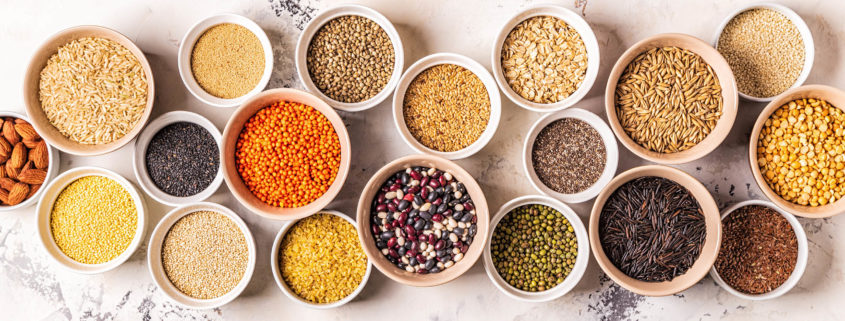SSGA highlights EU market opportunities for specialty grains
Recent consumer research has shown that a majority of Europeans are willing to pay more when it comes to greater transparency in their food.
According to the research firm DNV-GL, 60% of global consumers are willing to pay at least 5% more for assurance of transparency in the foods they buy. Transparency is at the heart of the U.S. identity-preserved field crop system that SSGA promotes, along with consistency, quality and safety in those products exported worldwide.
“There’s clearly an appetite for (transparency) in the EU,” said Dave Miller, specialty grains consultant for the Specialty Soya and Grains Alliance (SSGA). “They’re hungry for more information on food safety, environmental issues and social issues.”
It’s because of that appetite that SSGA conducted a webinar for its members and others hoping to learn more about specialty grains export opportunities to Europe. The online event, which was held on Oct. 8, drew around 25 participants, including SSGA members who handle a variety of specialty grains.
“We’re building insights and building market development,” Miller said. “There are data sources we have access to that will help (members) better understand the markets and to work on their own market development.”
The webinar featured three presenters who each shared a perspective on the opportunity for IP specialty grains in the EU:
- Jacob Golbitz, managing director of Agromeris, a food and agricultural industry consulting firm
- Alyson Segawa, SSGA IP technical adviser and founder and CEO of Eliasan Consulting
- Anne Dettmer, founder of Artisanne’s, a London-based public relations and marketing firm
Golbitz spoke about the growth of specialty grains usage in the European Union and the United Kingdom, using data from the Mintel Global New Products Database, a collection of information of consumer products that includes food products grouped by type (bakery, snacks, desserts, etc.) and searchable by product information (ingredients, flavors, sizes, etc.).
Using searches of specific specialty grain ingredients, information gleaned from the database was used to highlight intersections of the most-active European markets and top product categories. That information shows a very promising target market for U.S. suppliers of specialty grains.
Segawa gave an oversight of Europe as an upward-trending market for specialty grains, focusing primarily on a top six of sorghum, barley, oats, rye, triticale and quinoa.
Analyzing data and consumer trends from 2012 to 2018, Segawa echoed that EU customers are willing to spend more healthier choices, and that may present a unique opportunity for SSGA suppliers to continue building the U.S. market share in Europe.
Dettmer, who works with trade associations, focusing specifically on the United Kingdom and Ireland, talked about breaking into the UK market with a particular focus on planning and research. It’s imperative that U.S. exporters understand their target markets and how food manufacturers in those markets make their ingredient decisions.
SSGA Executive Director Eric Wenberg said the webinar had good participation and encourages feedback from attendees.
“We’re just getting started,” Wenberg said. “We have to figure out how to get, as we say in the West, ‘belly to belly’ with Europe and show that IP is the value that adds value. We know that, not from hunches anymore, not from instinct, but from the data that’s coming into us and the research that’s being done.”







Leave a Reply
Want to join the discussion?Feel free to contribute!